Reviewing Integer Operations + Order of Operations in Algebra 2
This blog post contains Amazon affiliate links. As an Amazon Associate, I earn a small commission from qualifying purchases.
My Algebra 2 classes were participants in my action research project over remediating integer operations. Based on what group students were randomly assigned to, they received a certain set of notes.
Group 1:
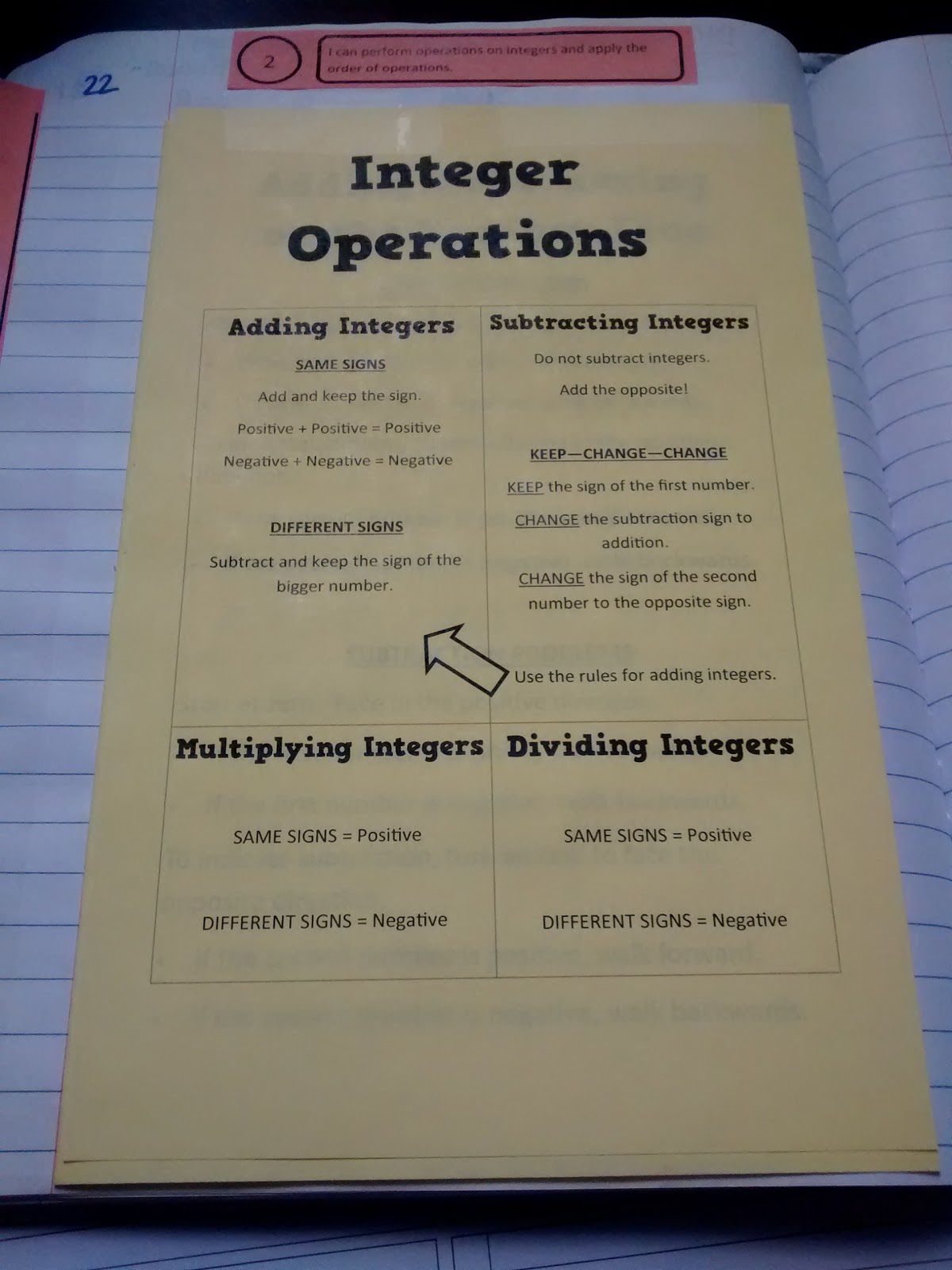
Group 2:

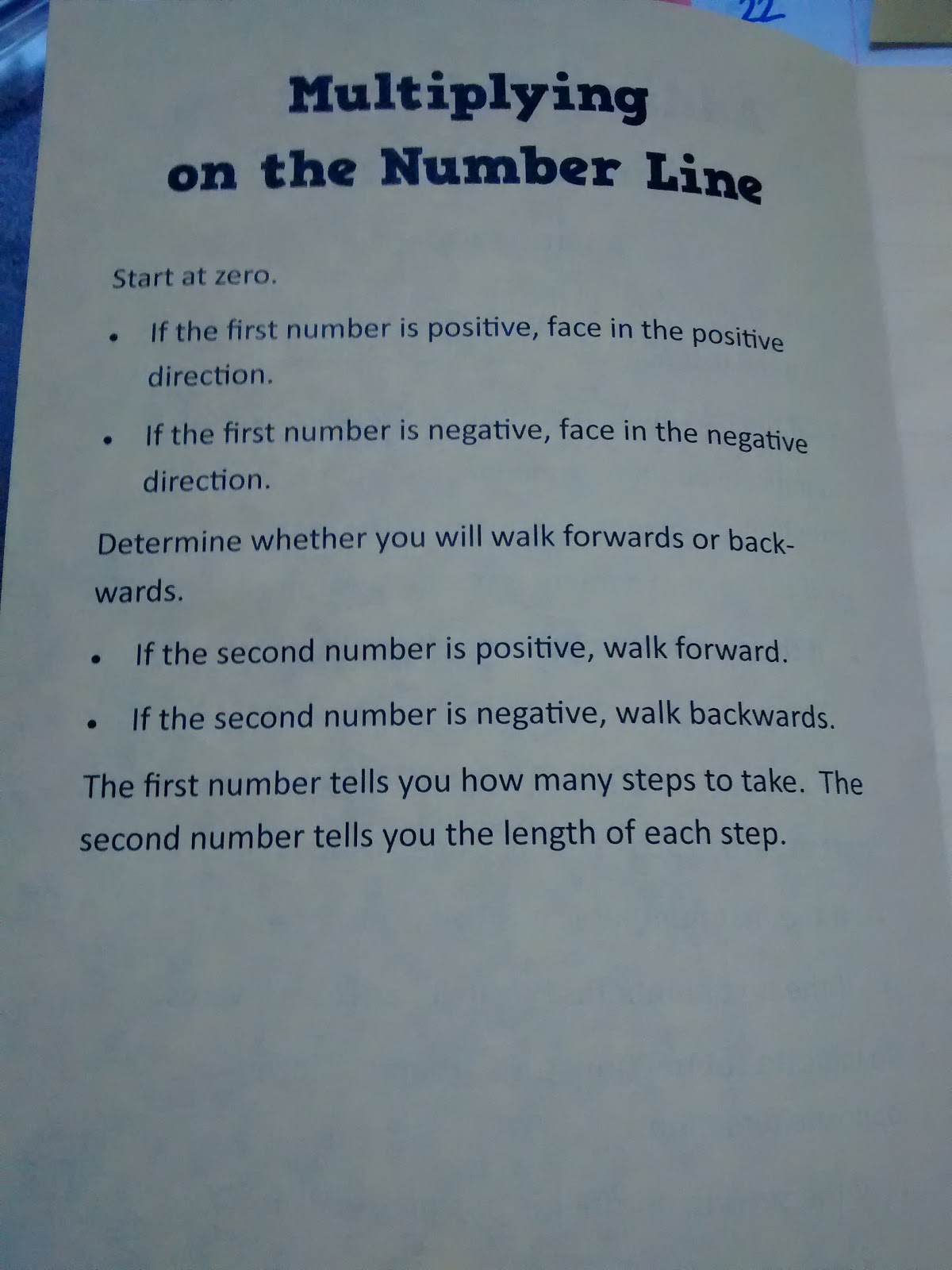
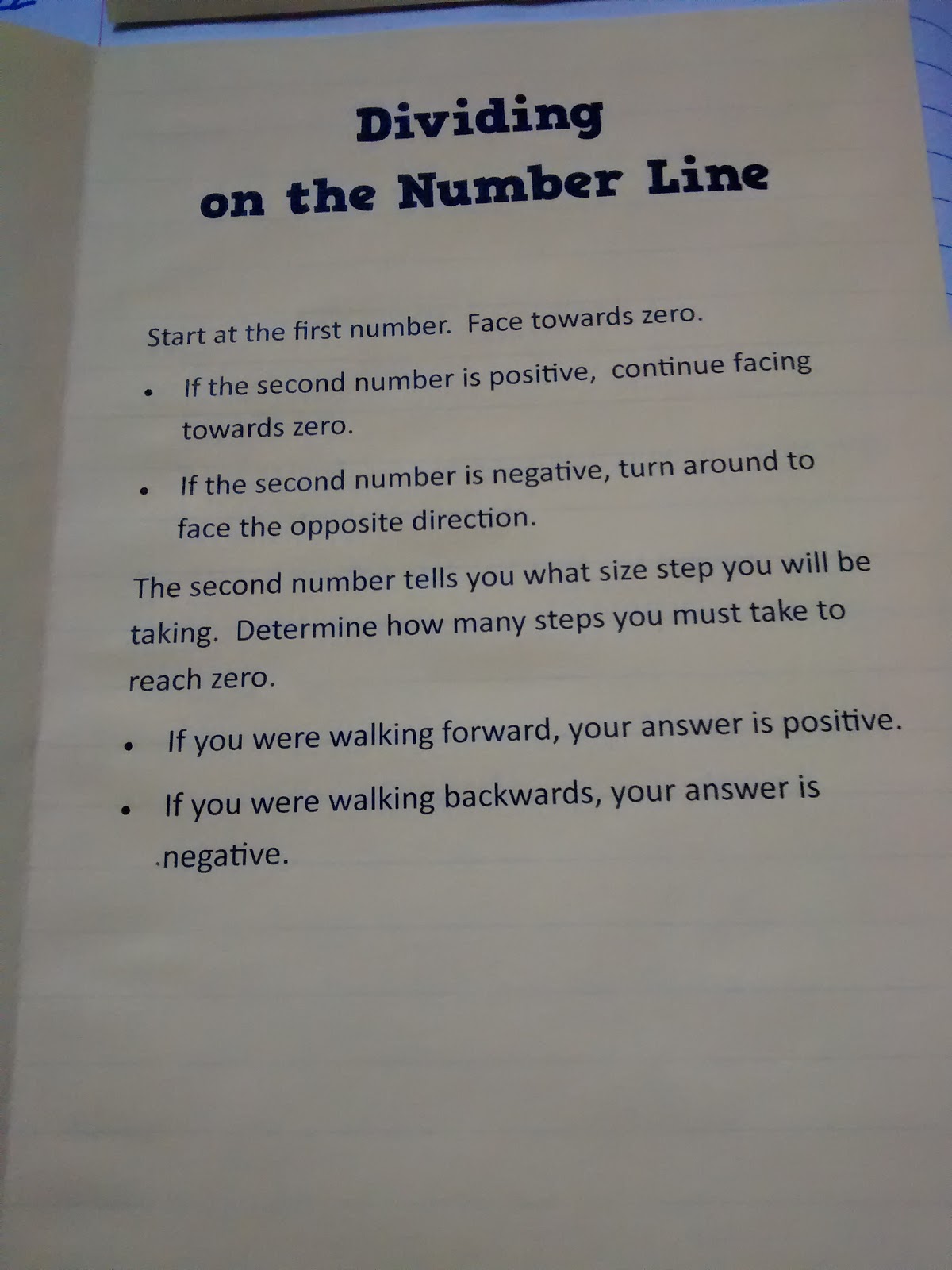
This second group of students used a number line and bingo chip to work out the questions.
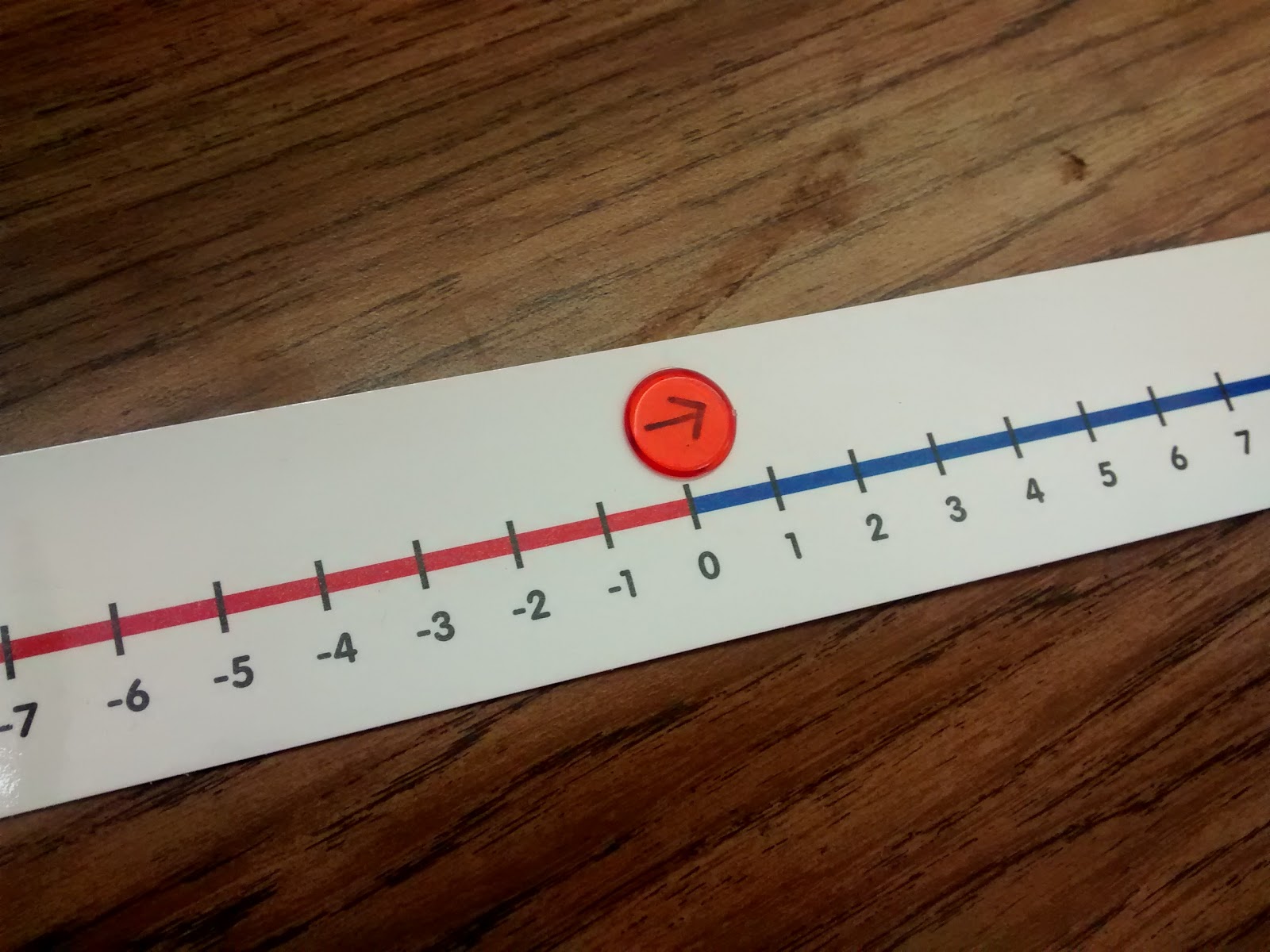
Then, we took notes over the Order of Operations. I re-sized my order of operations hop scotch this year. Files are at the bottom of the post, as always.
Usually, I find that students don’t really listen to reviewing the order of operations because they are convinced that they already know how to do it. After all, they’ve been doing the order of operations since third grade or so.
To (hopefully) get their attention, I told them that I was going to tell them how their third grade teacher got the order of operations wrong. We were going to Algebra 2-itize the order of operations. Of course, a student told me Algebra 2-itize wasn’t a word. #sad

Here’s the Cliff Notes version:
Parentheses – Your third grade teacher taught you that you should always work out the parentheses first. He or she should have taught you that grouping symbols always need to be done first. These could be parentheses. They could be fancy brackets. Did you know that there are invisible parentheses around the numerator and denominator of every fraction??? [Later, I decided I should have also said that there are invisible parentheses inside any radical!] We should cut your third grade teacher a bit of slack, though, because when you were at that age, the only grouping symbols you ever saw were parentheses.
Exponents – Your third grade teacher taught you that exponents should always come next in the order of operations. This year in Algebra 2, we’re going to learn a cool way to rewrite any radical symbol as an exponent that is a fraction. This means that radicals (or roots) have to be done during the exponent stage of the order of operations.
Multiplication and Division from Left to Right – This one is pretty self-explanatory. Except, students have to be reminded of the left to right aspect. Many students admitted that they had a teacher tell them that they ALWAYS have to do all the multiplication before the division. And, I believe this. It’s one of the things about PEMDAS that drives me crazy.
Addition and Subtraction from Left to Right – Again, I emphasized the left to right aspect.
Then, I threw this problem up on the board:

I asked, “What does the Order of Operations say we should do first?” Half of the class was convinced that we do 4(5) first. The other half of the class said we needed to take care of the exponent. This led to a discussion of another way our third grade teachers misled us. When we were taught to always do parentheses first, parentheses were only ever used as grouping symbols. We were still using the x to mean multiply. It wasn’t until we got to middle school that we really started using parentheses to mean multiplication.
I made them write a note about how when we see parentheses in a problem, we need to check and see if they are grouping parentheses or multiplication parentheses.
We did a few practice problems together in our notebooks. Here’s a few:
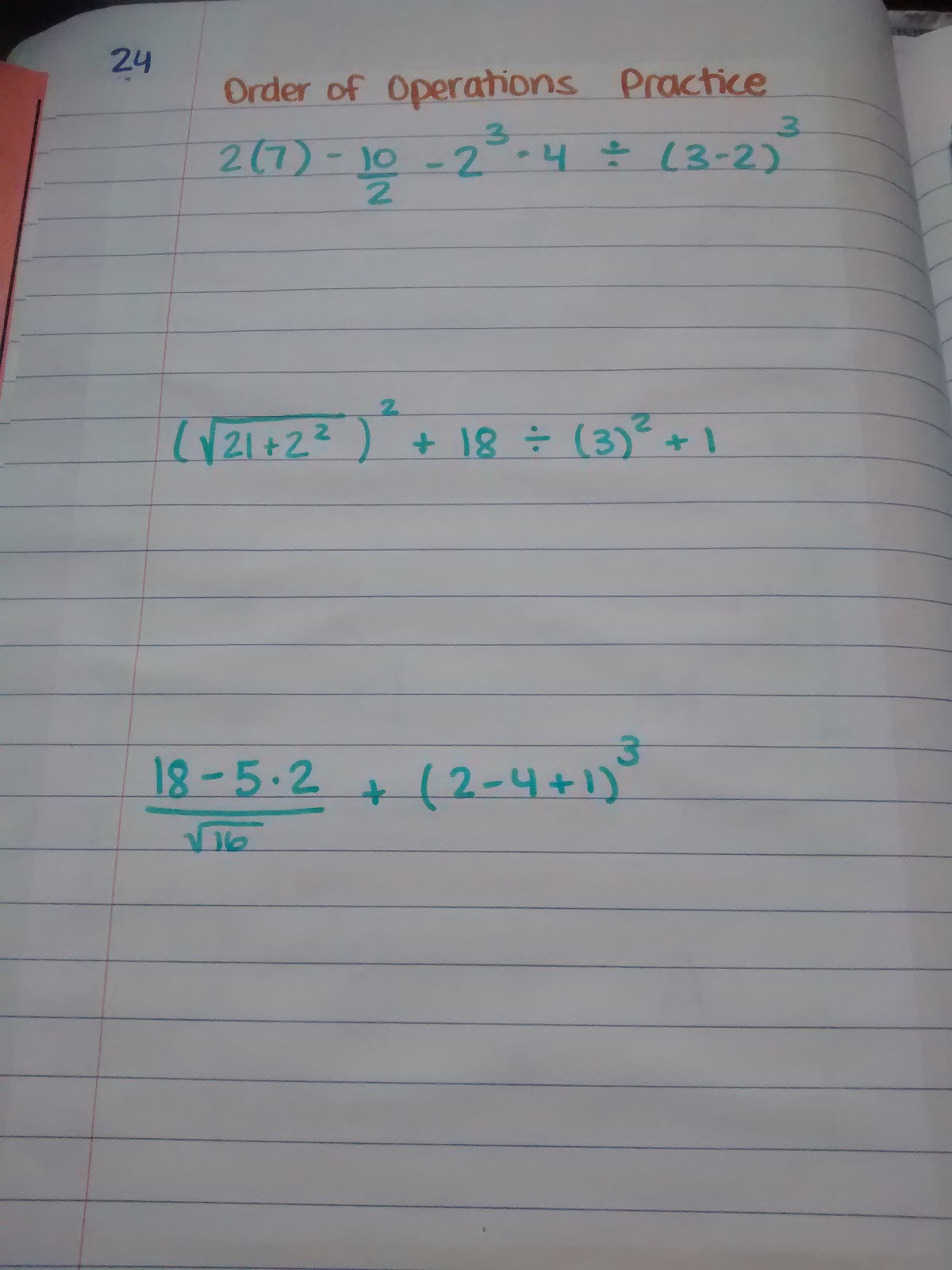


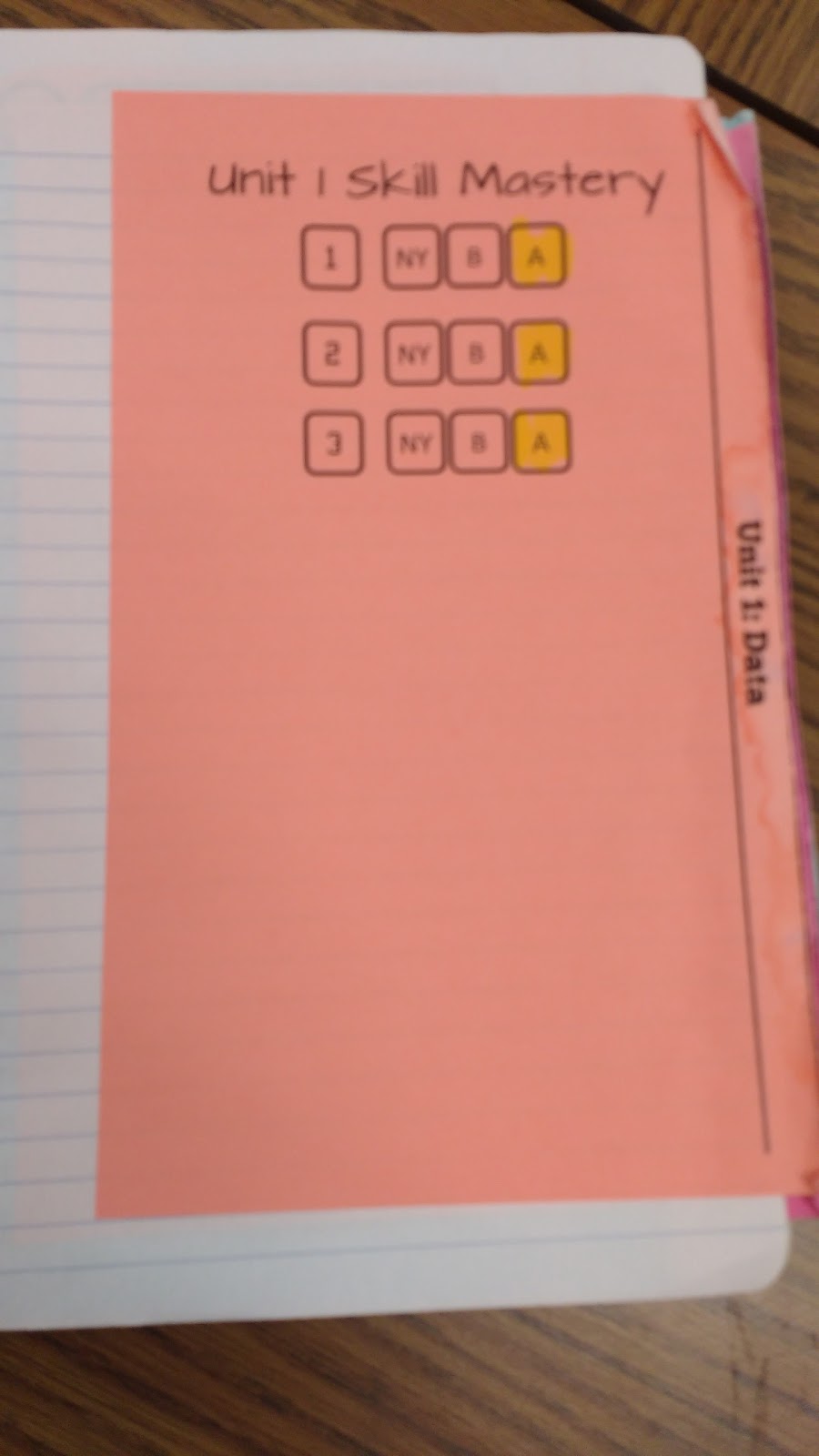
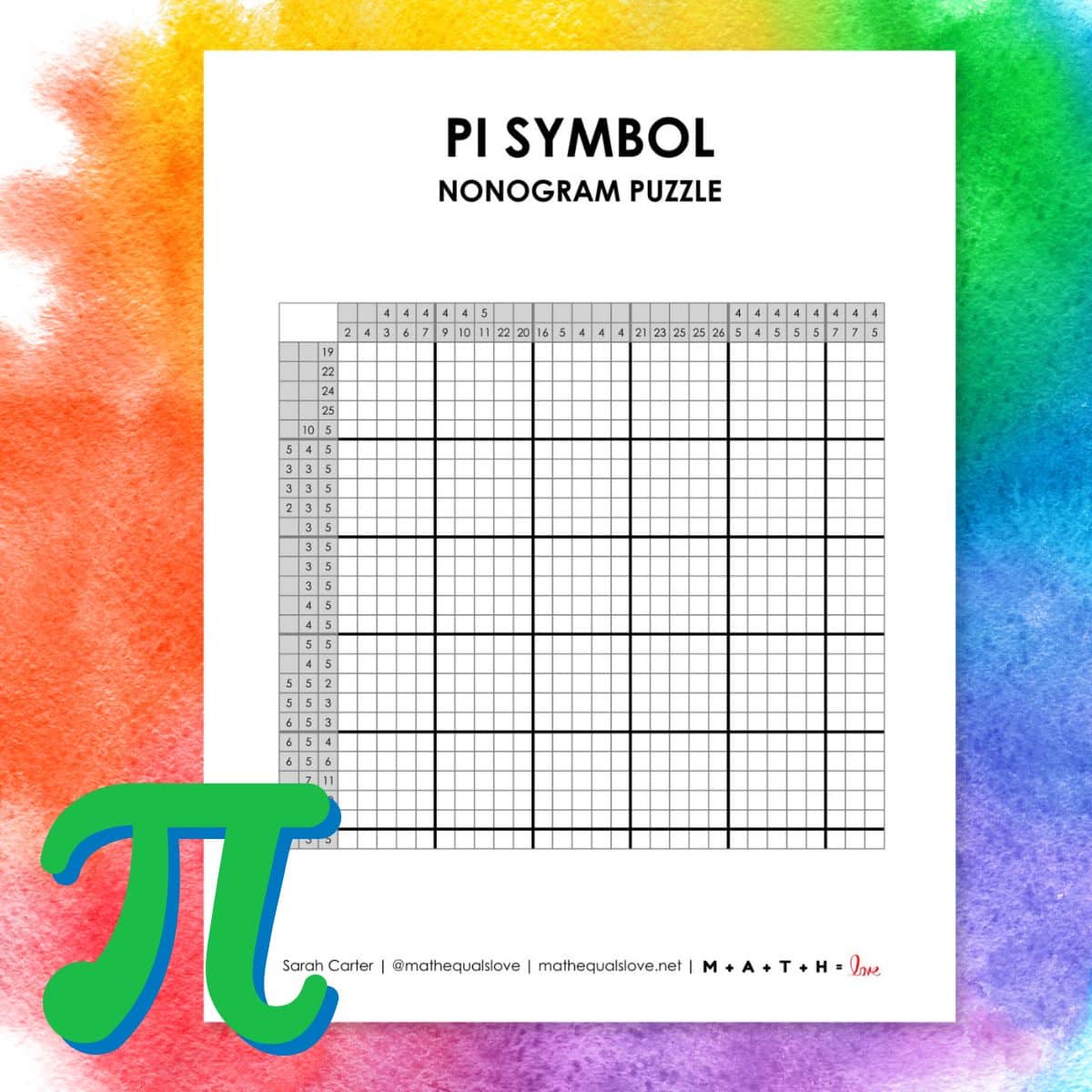
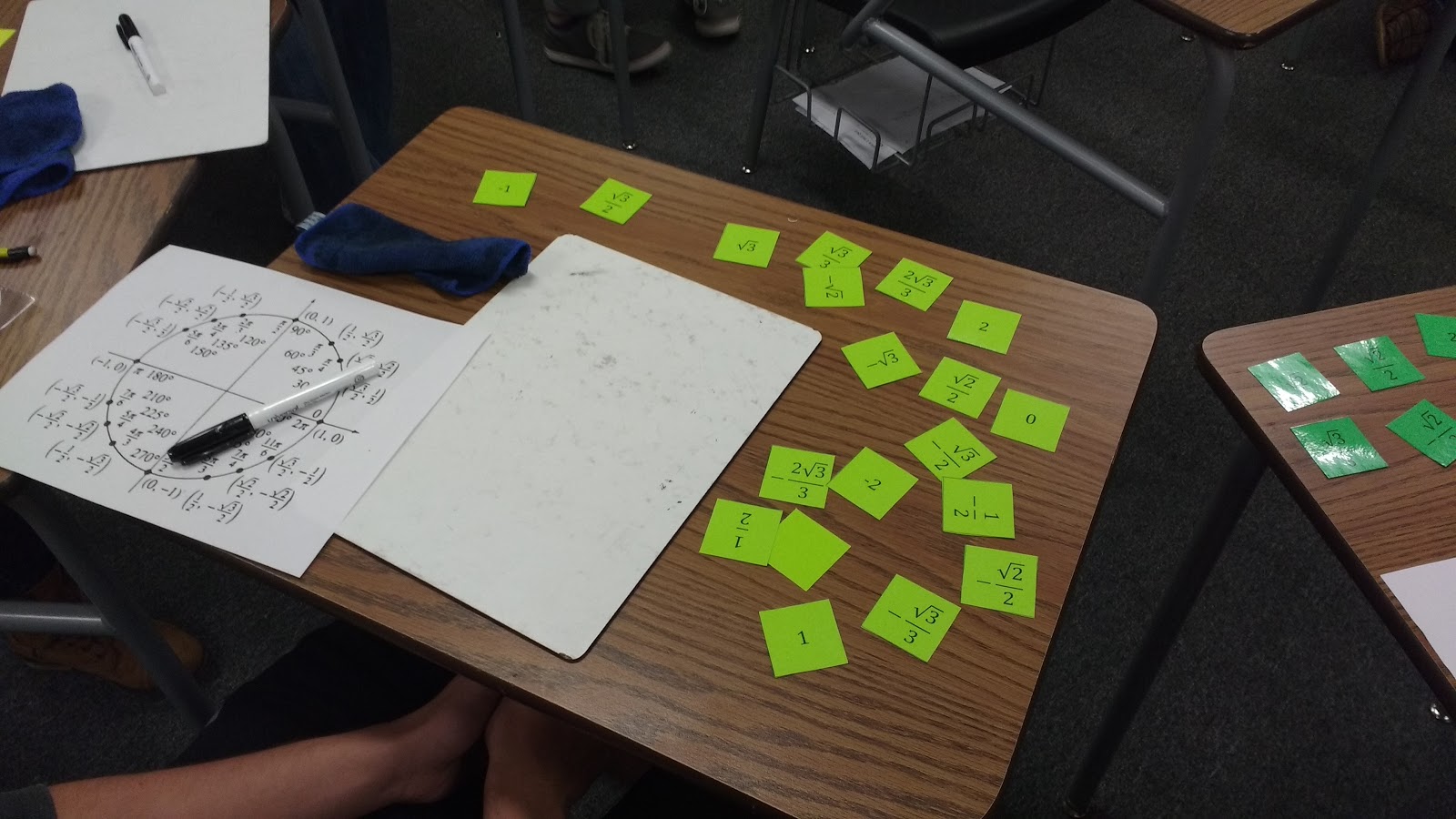
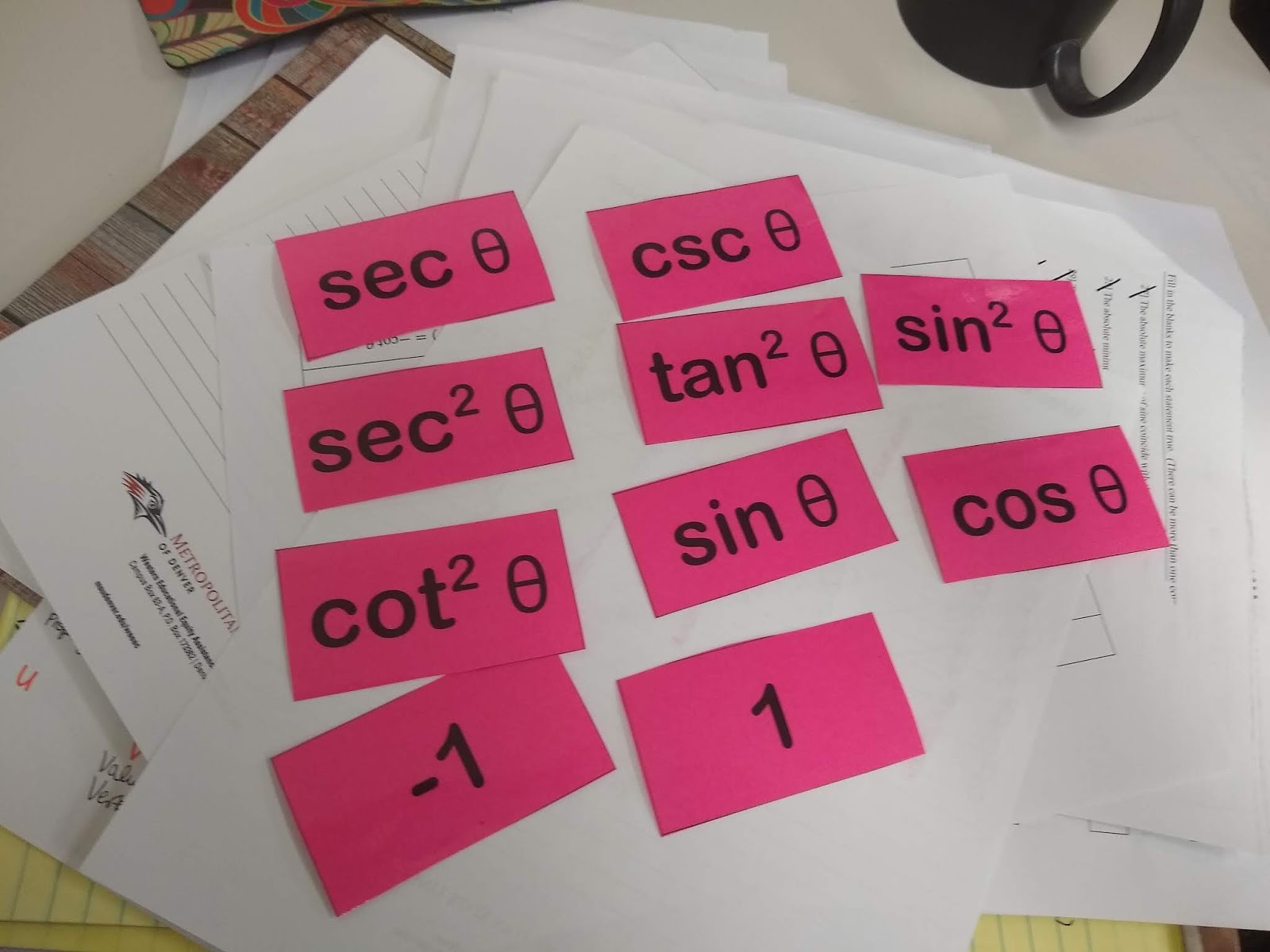

Love that you do things so many different ways.
Thanks!
A great math journal entry would be a letter to your third grade teacher about how he or she misled you.
BRILLIANT!